A rare orange nurse shark has attracted attention after appearing in the waters off Costa Rica.
According to researchers, the animal's unusual coloration is due to xanthism - a pigmentation disorder that causes the skin to have an excessive amount of yellow pigment, which has never been recorded in cartilaginous fish species in the Caribbean Sea before.
The shark was discovered by a group of young men who were sport fishing near Tortuguero National Park. They noticed the fins popping up several times, then hooked a bright orange nurse shark with white eyes, about 198 cm long.
“It looked like an alien,” one of the group recounted.
Experts identified it as a nurse shark, which has intense yellow-orange pigmentation and white eyes – characteristics that indicate albino-xanthochromism, a combination of albinism and xanthism. Nurse sharks are typically light to dark brown, which helps them camouflage in coral reefs or rocky areas.
The bright orange color and pale eyes may make the shark easy to spot by predators or prey.
However, according to a research team from the Federal University of Rio Grande (Brazil), the size of the fish shows that it is mature, meaning that the difference in color does not affect the ability to survive to adulthood.
Scientists , including a PhD student from the University of Rio Grande, are now analyzing the genetic basis of this pigmentation mutation and looking at possible environmental factors. They are also asking whether this is an isolated case or a sign of a more widespread trend in the region’s fish population.
Xanthism is usually caused by a genetic mutation, but diet can also affect pigmentation. Its opposite is axanthism, a lack of yellow pigment. Albinism, meanwhile, is caused by a lack of melanin, causing pale skin and white or red eyes, as well as increased sensitivity to sunlight. Both conditions reduce camouflage, which can affect survival in the wild.
Xanthism has been reported in many freshwater fish species such as guppies, cichlids, and goldfish.
Some birds, such as parrots and canaries, can also have bright yellow plumage. In addition, snakes and lizards with unusual yellow colors have also been reported.
However, researchers say the phenomenon is still very rare among marine species in the area.
Nurse sharks can grow up to 4.3 meters in length and are generally harmless to humans unless provoked. Unlike many sharks, which must swim continuously to breathe, nurse sharks use a buccal pump to draw water through their gills even when at rest./.
Source: https://www.vietnamplus.vn/ca-map-y-ta-mau-cam-voi-doi-mat-ma-quai-bi-bat-o-vung-bien-costa-rica-post1057089.vnp










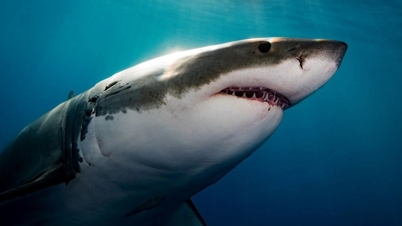





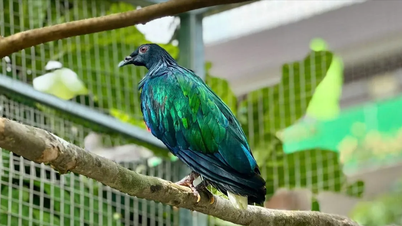



















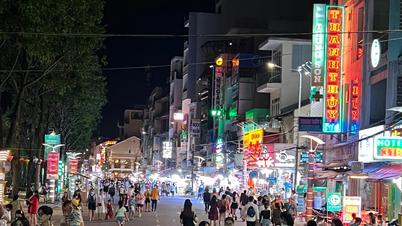





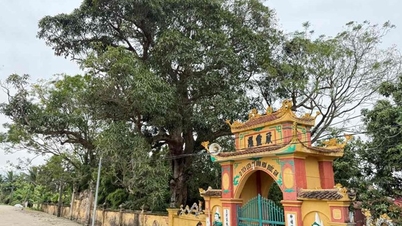



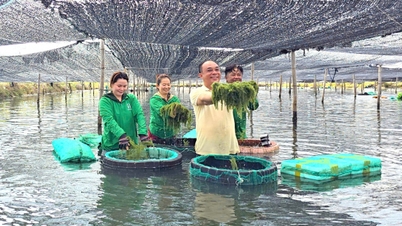
















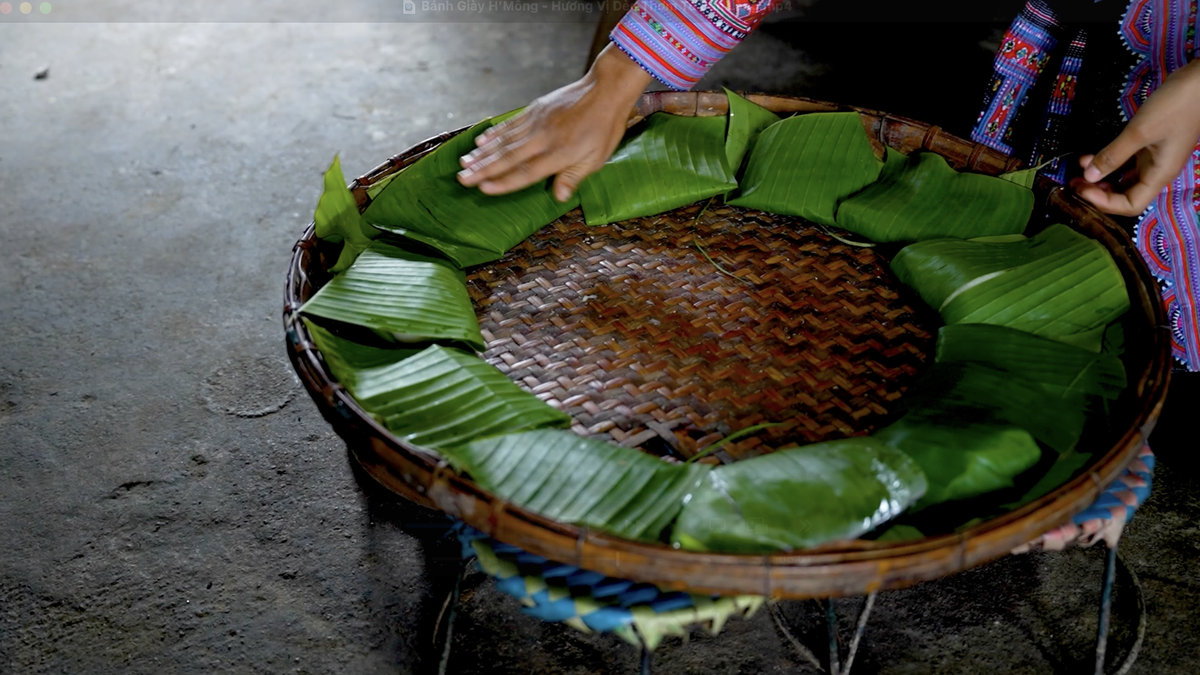

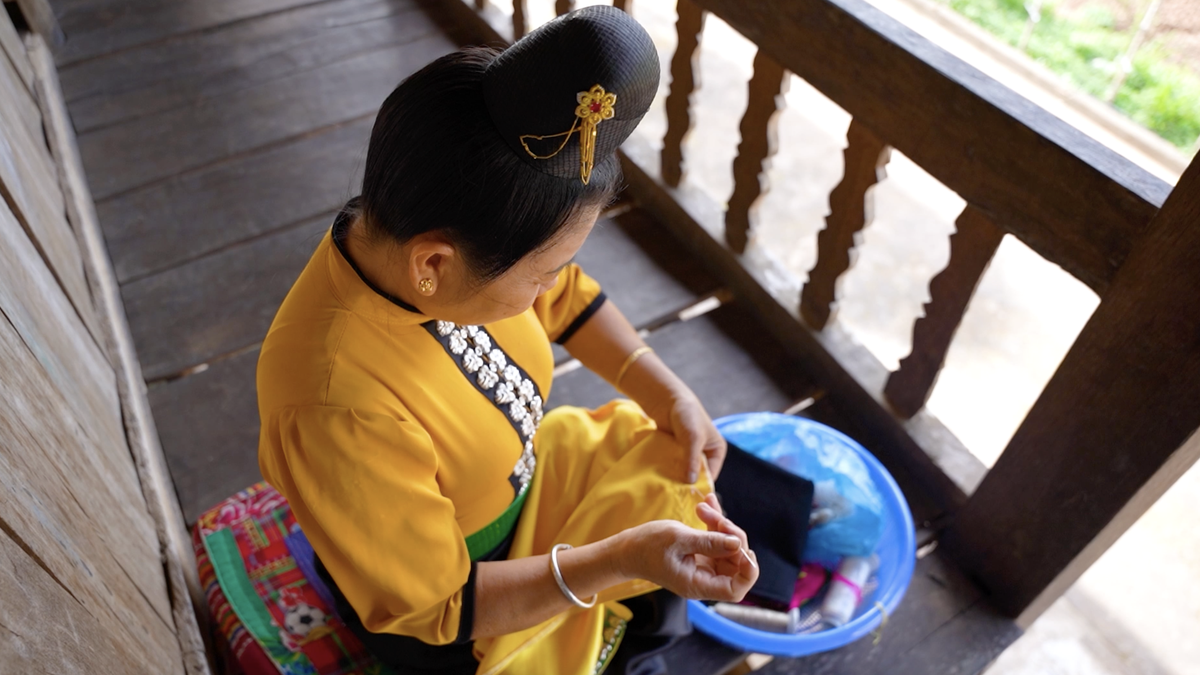

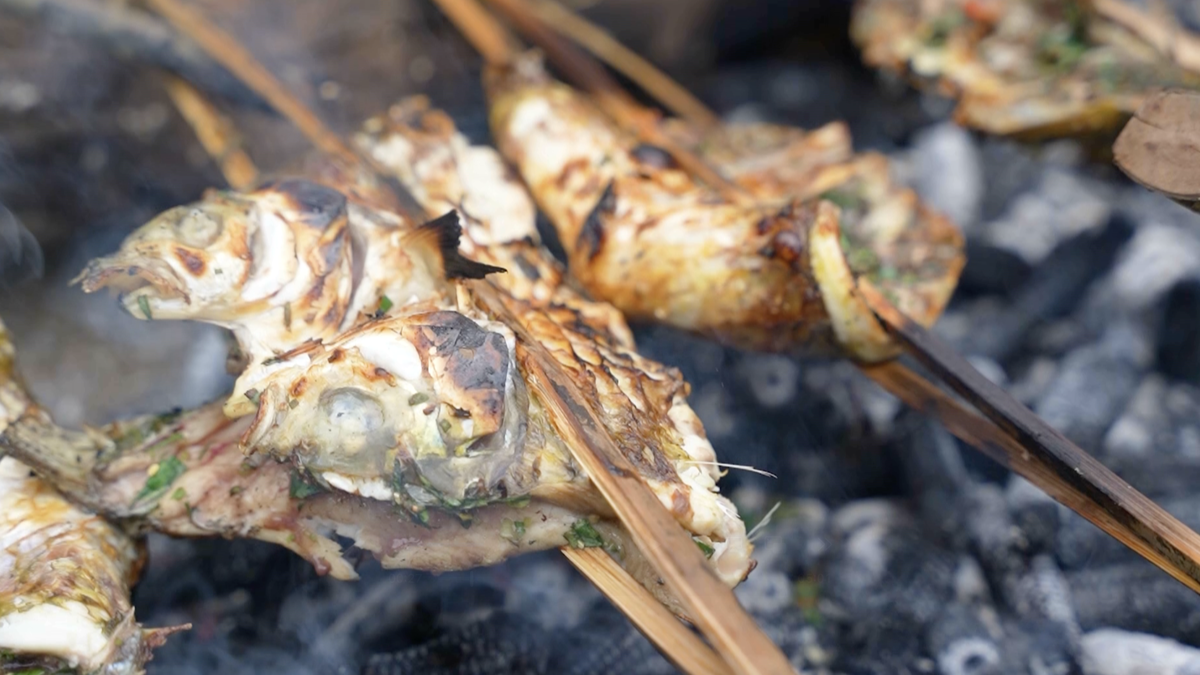




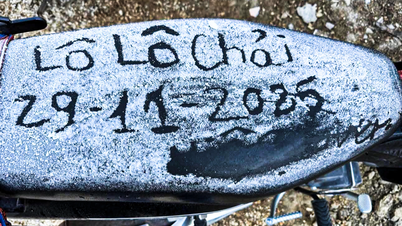



































Comment (0)